.
However, it is one Thomas Harriot, and not Raleigh who should get the credit.
Of this vegetable he would later write his "A Briefe and True Report of the New Found Land of Virginia" and in it would describe the potato as
“Openavk are kind of roots of round forme, some of the bignes of walnuts, some far greater, which are found in
moist & marish grounds growing many together one by another in ropes, or as thogh they were a string. Being boiled or
sodden they are very good meate.”
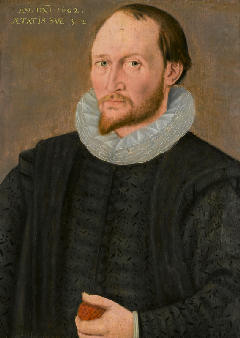
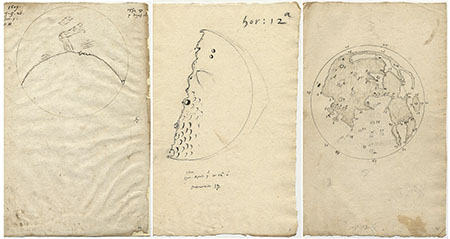
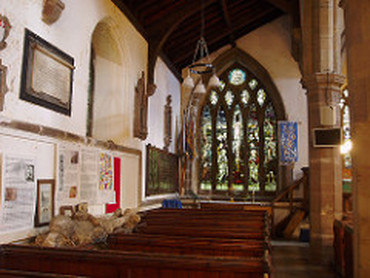
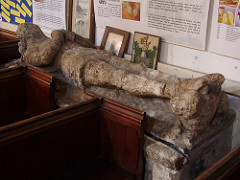
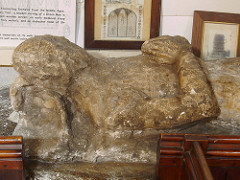
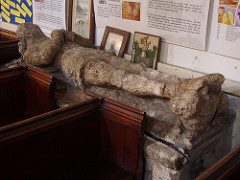
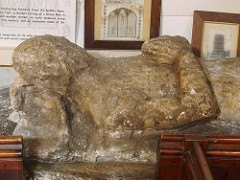
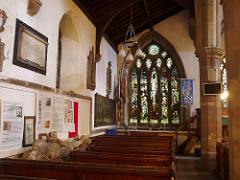
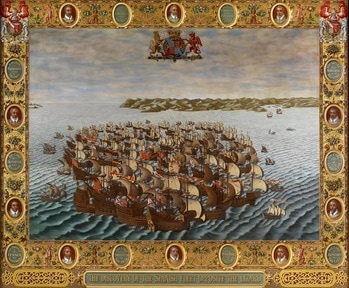

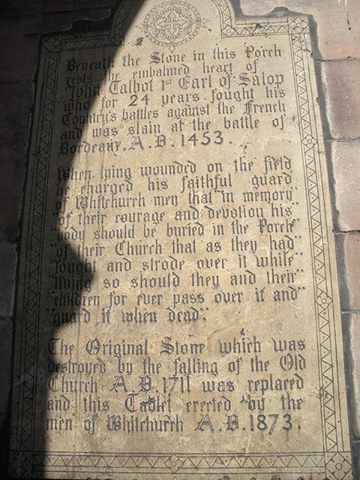
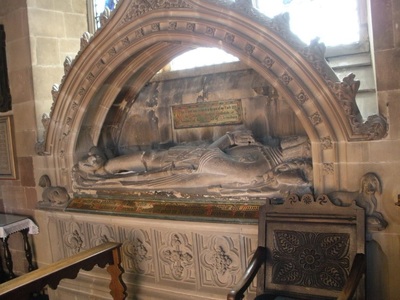
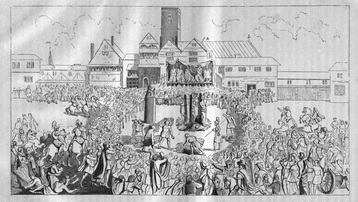
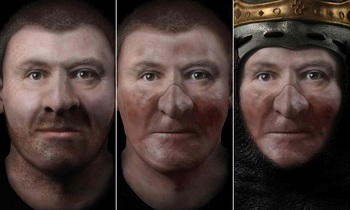
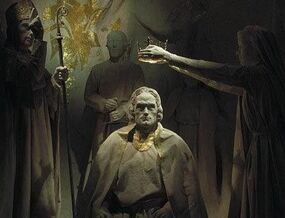

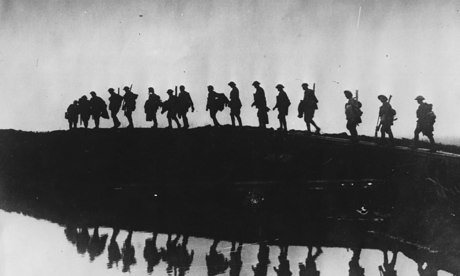

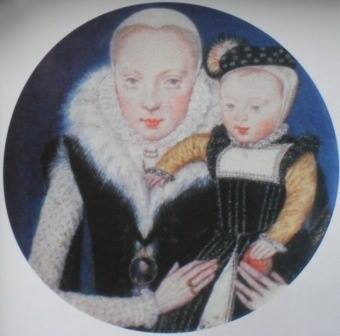
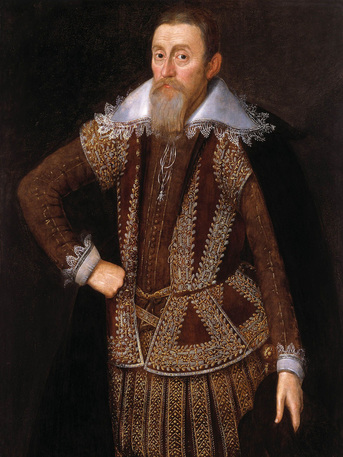

 RSS Feed
RSS Feed
